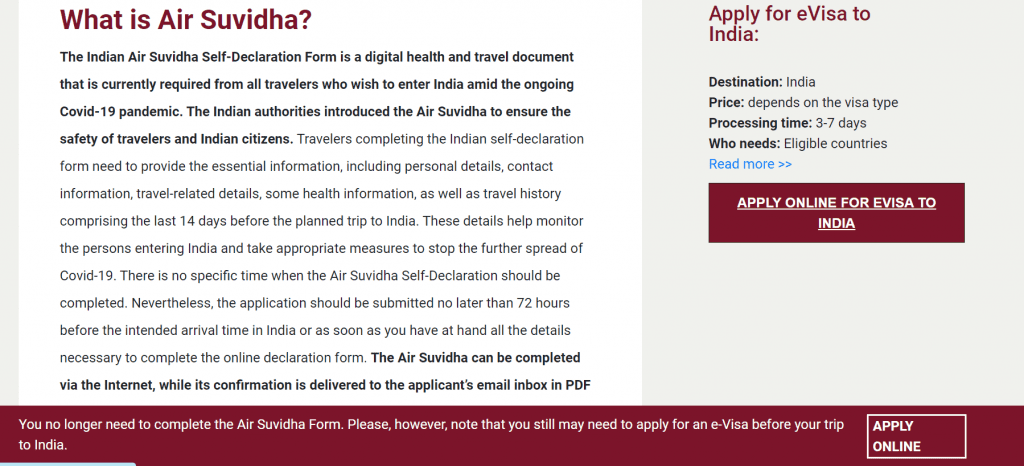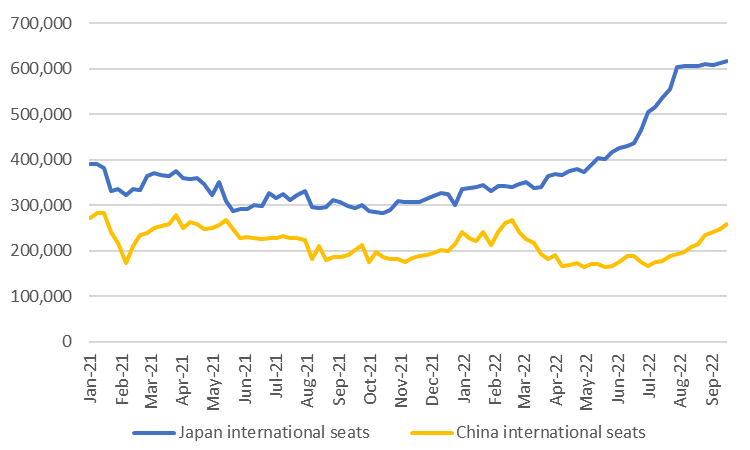The Tourism Authority of Thailand unveiled a new marketing campaign “Meaningful Relationship” at the World Travel Market event in London on Monday.
The heart of the campaign is to encourage tourists to create more than just travel memories, it’s about fostering connections with the people, communities, nature and Thailand itself.
In tune with evolving travel trends, Thailand recognizes the modern traveler’s inclination towards prioritizing experiences over ticking off bucket-list destinations.
The “Meaningful Relationship” campaign seeks to tap into this shift, inspiring travelers to form connections that transcend the ordinary and ultimately foster a bond with oneself.
The Film
The advertising film features tourists from Korea, France, and Portugal, showcasing the attractions of Kanchanaburi, Chumphon, Nakhon Phanom, and the vibrant metropolis of Bangkok.
Thapanee Kiatphaibool, Governor of the Tourism Authority of Thailand, shared the campaign’s vision, stating, “The new ‘Meaningful Relationship’ marketing communication concept is designed to encourage travelers to engage in a meaningful connection, whether it is with themselves, the local people, the community, nature, or even with Thailand. When travelers form a relationship with the people they meet and the place they visit, they will have an opportunity to create lifelong friends, cherished recollections, and enjoyable moments.”
Moreover, December will also witness the launch of the “Thailand Always Cares” campaign, emphasizing Thailand’s commitment to ensuring a memorable experience for tourists.
Latest Tourism Figures from Thailand
Thailand’s ambitious goal is to attract 25-30 million tourists and generate THB 1.5 trillion ($43 billion) in revenue by the end of this year.
According to the latest available data, in the first 10 months of 2023 (January 1-October 31), Thailand recorded over 21.6 million arrivals and generated over THB 927 billion ($26 billion) in tourism revenue. The top five source markets being Malaysia, China, South Korea, India and Russia.
The 2024 target is set at total revenue of THB 3 trillion ($84 billion) with THB 1.92 trillion ($54 billion) coming from the international market.
After granting visa free entry to Chinese tourists from September onwards, Thailand announced last week that it would grant visa-free entry to citizens from India and Taiwan from November 10 till May 2024.

